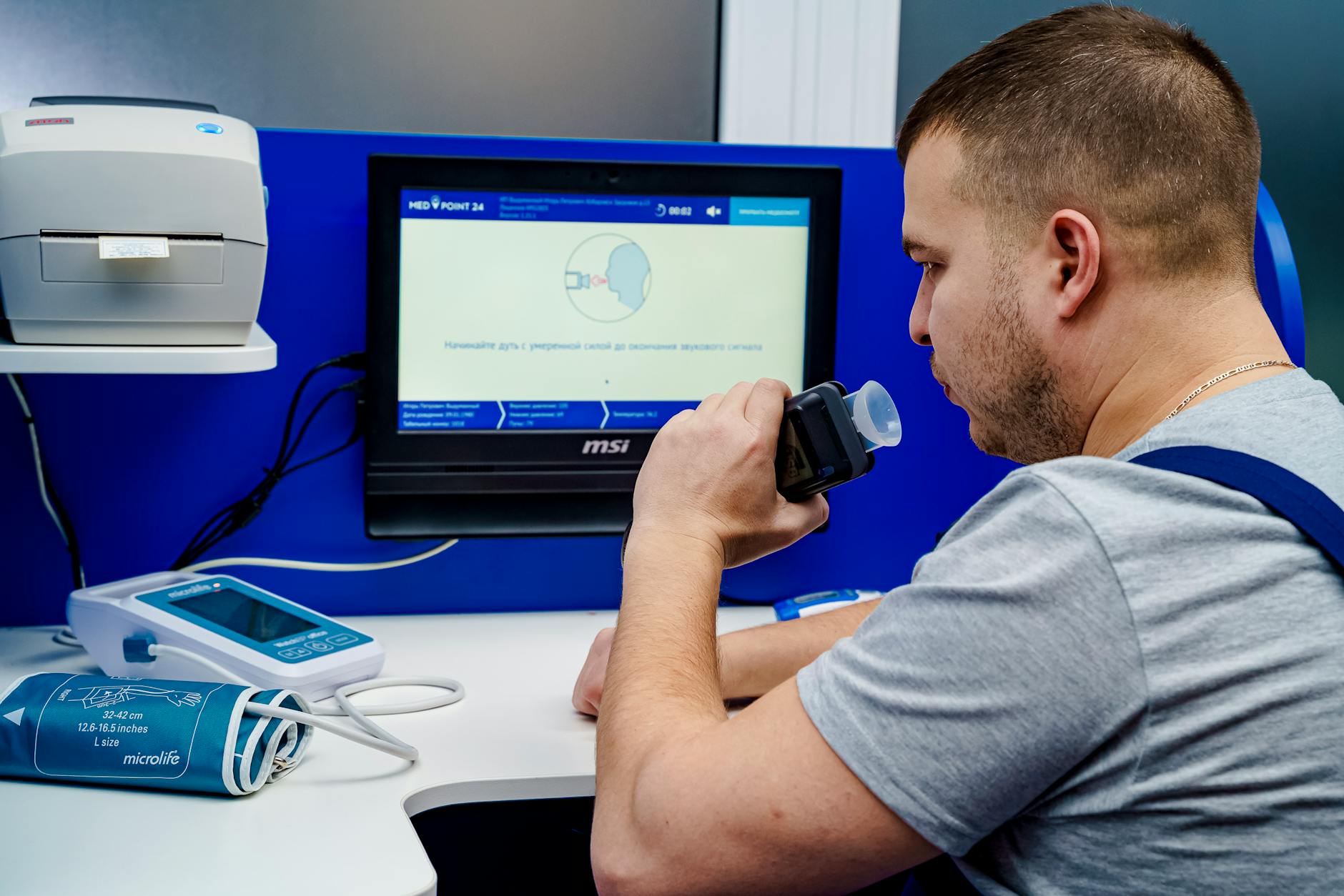Uncover the mysterious science behind your drunkenness quotient and learn how genetics, metabolism, and environment shape your alcohol tolerance.
Table of Contents
Have you ever found yourself pondering the age-old question: ‘how many beers does it take to get drunk?’ The answer may not be as straightforward as you think. In this blog post, we will delve into the intricate world of alcohol metabolism, individual tolerance levels, and the myriad factors that can influence just how intoxicated you feel after a few drinks.
The Science Behind Alcohol Metabolism
Alcohol metabolism is a complex process that occurs primarily in the liver. When you consume alcohol, enzymes like alcohol dehydrogenase (ADH) and aldehyde dehydrogenase (ALDH) work together to break down the alcohol molecules into acetaldehyde and then into acetate, which can be further metabolized into carbon dioxide and water.
However, the rate at which your body metabolizes alcohol can vary based on a range of factors, including genetics, liver health, and the presence of other substances in your system. This variability plays a significant role in how quickly you may feel the effects of alcohol and how long they linger.
Individual Tolerance Levels
Alcohol tolerance refers to the body’s ability to handle and process alcohol. While some individuals may feel tipsy after a single drink, others may require several before experiencing the same level of intoxication. Factors that influence alcohol tolerance include body weight, gender, genetics, and overall health.
Men generally have a higher alcohol tolerance than women due to differences in body composition and enzyme activity. Additionally, individuals with a family history of alcoholism may have a lower tolerance and be more susceptible to alcohol-related problems.
Factors Influencing Intoxication
Several external factors can also impact how drunk you feel after consuming alcohol. Drinking on an empty stomach, for example, can lead to quicker absorption of alcohol into the bloodstream, intensifying its effects. Mixing alcohol with other substances like medications or illicit drugs can also amplify intoxication and increase the risk of adverse reactions.

Image courtesy of www.joinreframeapp.com via Google Images
The pace at which you consume alcohol can also play a role in how quickly you become drunk. Downing multiple beers in rapid succession can overwhelm your body’s ability to metabolize alcohol efficiently, leading to a faster rise in blood alcohol concentration and a heightened state of intoxication.
Conclusion
Understanding the factors that influence your drunkenness quotient is essential for practicing responsible drinking habits. By recognizing your own tolerance levels, being mindful of external influences, and pacing yourself when consuming alcohol, you can enjoy a night out without risking over-intoxication or harm to your health.
So, the next time you find yourself pondering how many beers it takes to get drunk, remember that it’s not just about the quantity but also the unique interplay of biological, genetic, and environmental factors that shape your individual response to alcohol.
Drink responsibly and prioritize your well-being above all else.
How does genetics influence alcohol tolerance?
Genetics can impact alcohol metabolism enzymes, affecting how quickly alcohol is processed in the body and influencing tolerance levels. Individuals with genetic variations in alcohol dehydrogenase and aldehyde dehydrogenase may experience heightened or reduced effects of alcohol consumption.
Can drinking on an empty stomach increase intoxication?
Yes, consuming alcohol on an empty stomach can lead to faster absorption of alcohol into the bloodstream, intensifying its effects. Food helps slow down the absorption process, so drinking without eating can result in feeling drunk more quickly.
What role do medications play in alcohol intoxication?
Mixing alcohol with medications can amplify intoxication and increase the risk of adverse reactions. Some medications can interact negatively with alcohol, affecting metabolism and potentially leading to dangerous side effects. It’s crucial to consult with a healthcare provider about the safety of combining alcohol with medications.
How can pacing influence drunkenness?
Pacing refers to the speed at which you consume alcohol. Drinking multiple drinks rapidly can overwhelm the body’s ability to metabolize alcohol efficiently, leading to a faster rise in blood alcohol concentration and increased intoxication. Pacing yourself by spacing out drinks can help moderate your level of drunkenness.
Generated by Texta.ai Blog Automation


Leave a Reply